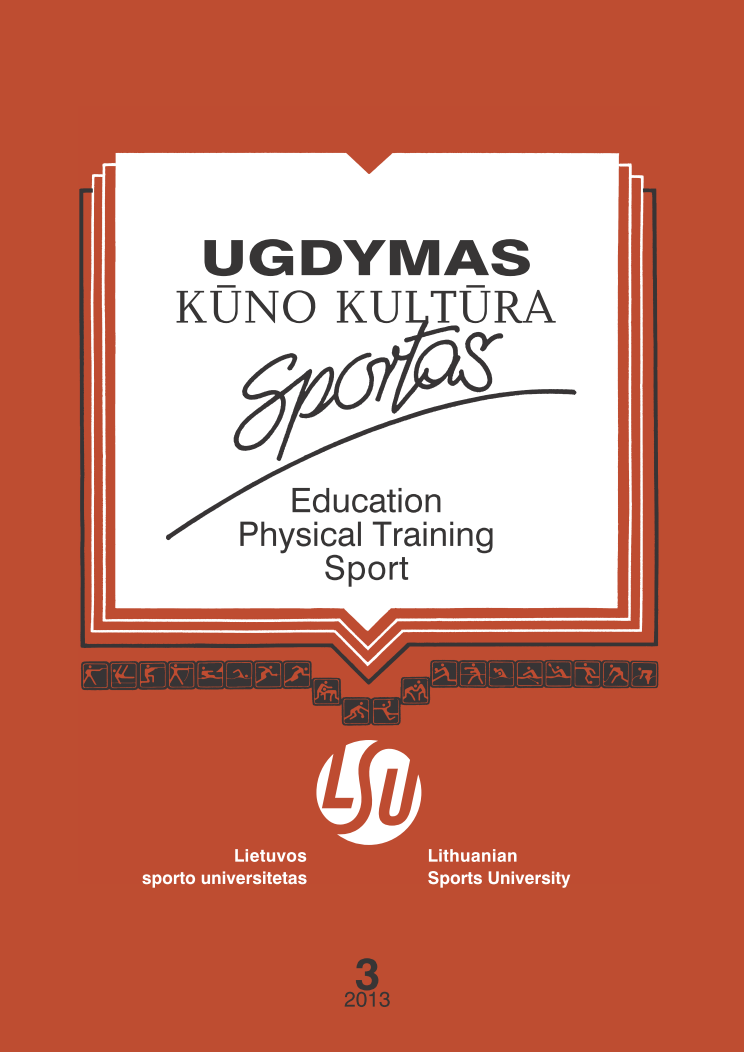Influence of Passive Foot Flection Movements Applied after Exertion Isometric Workouts on Muscular Blood Flow
Abstract
Research background and hypothesis. Blood flow intensity plays an important role in the recovery after
exercising.
Research aim was to compare the effect of passive rest and passive foot movement on calf muscle blood flow
applying dosed static physical loads.
Research methods. Eighteen adult males were divided into two sub-groups. Participants of the study performed
two isometric 30-s workouts at 75% of MVC with 20 minutes interval for the recovery between the workouts. During
the first stage one sub-group performed workout and a passive recovery was applied while the subjects of the second
sub-group performed passive foot flexion movements. During the second stage the form of recovery was changed. Arterial blood flow intensity was registered during venous occlusion plethysmography and passive foot flexion movements were performed by special mechanical equipment.
Research results. The results obtained during the study showed that maximal increase of blood flow registered
at 21 second after the workout was (52.0 ± 2.9 ml/min/100 ml), while the application of passive movements before
the workout decreased the blood flow intensity (45.0 ± 2.6 ml/min/100 ml). It was significantly (p < 0.05) lower
compared to passive rest.
Discussion and conclusions. These effects can be explained by reduced venous filling and increased venous
vascular reserve capacity in the calves. The results obtained during this research allow concluding that passive
foot flexion manoeuvre applied before the isometric workload faster decreases the blood flow intensity during the recovery.
Keywords: arterial blood flow recovery, isometric physical workout, passive foot movement, passive rest.
Downloads
Published
Issue
Section
License
Copyright (c) 2018 Baltic Journal of Sport and Health Sciences

This work is licensed under a Creative Commons Attribution 4.0 International License.






